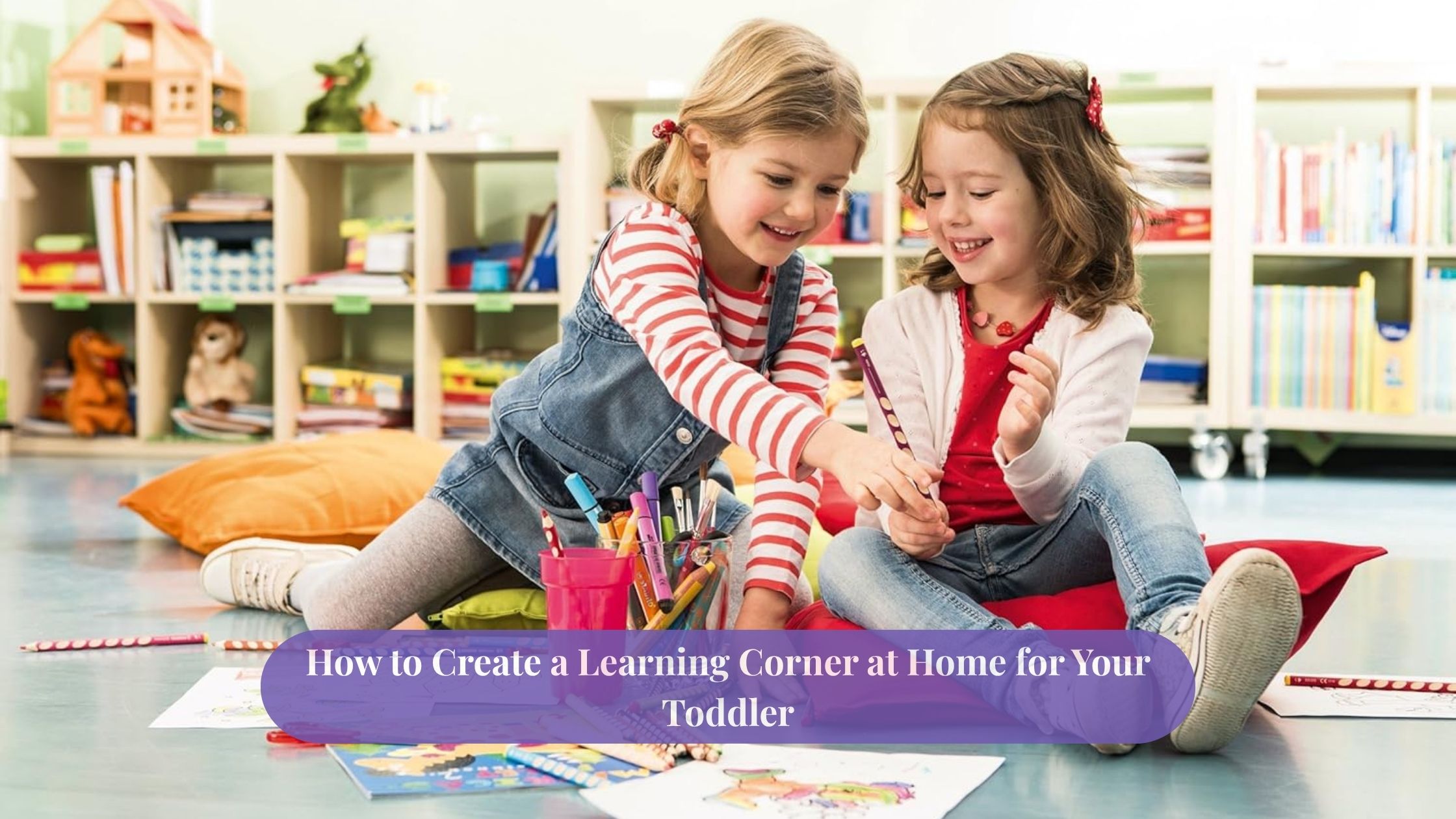
To a child, the world is brand new, fascinating, and full of expectations to be discovered. As a parent, you’ve got such a wonderful opportunity to channel that interest in a way that is supportive of development and learning. The greatest way to enable your child to grow beyond the preschool or nursery school may be creating a learning nook at home. It doesn’t have to be flashy or take up much space just a small, intense space that suggests discovery, imagination, and learning.
Why a Learning Corner Is Important
A learning corner provides toddlers a space that they can identify with creativity, concentration, and serenity. It is instilling in them the idea that some spaces are for some purposes like a nursery classroom is meant for organized play and early learning. If well placed, this corner is able to replicate the feel of a caring school environment like the Best preschool in Abu Dhabi, where kids learn from play while developing critical life skills.
Choosing the Right Space
Choosing the right space is the first step. It could be a quiet corner of your living room, a part of your child’s bedroom, or even a cozy spot near a window. The key is to create a calm and clutter-free environment that separates learning time from more active play. Children respond well to visual cues, so having clear boundaries around this area helps them shift into a more focused mindset when they enter the space.
Making It Inviting and Functional
Once you’ve chosen your spot, think about how to make it inviting. Toddlers love places that feel just for them. Low shelves with books and puzzles, baskets with toys, soft cushions, and a small table can instantly transform the space into their little learning world. Consider adding some of your child’s artwork to the wall or hanging a colorful alphabet chart. Natural light works wonders in keeping them calm and alert, and soft lighting in the evening can make the corner feel warm and welcoming.
Supporting Cognitive and Motor Development
While your learning corner will look playful and fun, it should also serve a developmental purpose. Toddlers thrive when they can use their hands and minds at the same time. Including age-appropriate toys that challenge their coordination, attention, and problem-solving is essential. Activities like threading beads, coloring, or building towers all support brain growth. In fact, this type of hands-on play helps develop your child’s fine motor skills a key part of early education and independence.
Creating a Calm, Safe Space
Along with physical tools, this learning corner should also be a space for emotional balance. Toddlers often experience big feelings, and having a familiar place to go during those moments can help them self-regulate. A few soft toys, calming picture books, or even a cozy blanket can help your child feel safe and grounded. This is also a great place to introduce calming bedtime activities like reading together or practicing breathing exercises before sleep. It builds a sense of routine and helps your child unwind after a busy day.
Building Stronger Parent-Child Bonds
Another beautiful part of having a learning corner at home is the bonding it encourages between you and your child. Spending time in this space together allows you to model learning behaviors, offer encouragement, and observe how your toddler interacts with their environment. These shared experiences deepen your connection and give your child the confidence to try new things.
Aligning with Nursery Learning Goals
What your child learns in a nursery setting can be beautifully reinforced at home. If your child attends a trusted center like a nursery in Mohamed Bin Zayed City, talk to their teachers about what skills they’re currently working on. This is where Parent-Teacher Communication in Nursery School plays a key role. By aligning home activities with what’s happening in the classroom, you create a seamless learning experience that supports your child’s overall development.
Creating Consistent Daily Habits
Toddlers enjoy consistency and routine. They develop a sense of rhythm and accountability when they are aware that they have time in their learning corner every day, whether it is for five minutes or thirty minutes. Over time, you might observe that your child starts to visit this area by themselves, excited to solve a puzzle or read a favorite book. This strong sense of ownership establishes the groundwork for habits of lifelong learning.
Conclusion
These days, with life moving at a fast pace, creating a learning environment at home provides your toddler with the liberty to develop in a peaceful, known environment. It is a way of encouraging curiosity, developing independence, and supplementing what they learn in nursery or preschool. Whether you are attending the best preschool in Abu Dhabi or a Nursery in Mohamed Bin Zayed City, what you learn at home counts for a lot.
From soothing nighttime routines to robust parent-teacher connections in nursery school, it all plays a part in building your child’s enthusiasm for learning. Begin small, persist regularly, and observe your child flourish.







